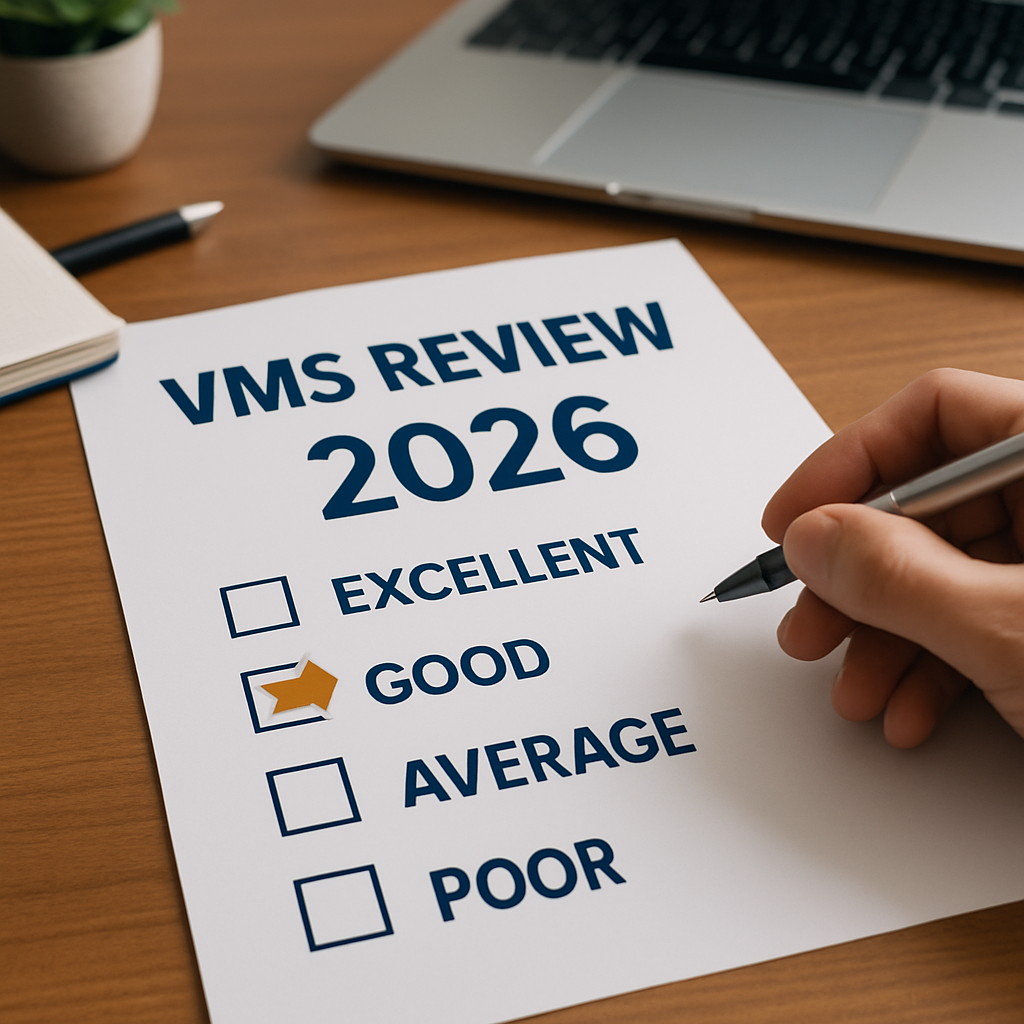In the realm of Contingent Workforce Management programs, numerous organizations lack a strategic process in place. In this blog, we delve into the various solutions available for managing contingent workforce and explore how you can establish your very own CWM Program.
Why a Strategic Process for Contingent Workforce Management is Important
Many organizations rely on outdated methods like manual spreadsheets, Share-Point-like websites, or even scattered emails to manage their contingent workers and staffing agencies. However, these approaches are highly ineffective in overseeing a contingent workforce.
Without a well-defined company-wide contingent workforce program, businesses face challenges in maintaining visibility and control over their contingent workforce. The lack of insight into the origins of contingent workers and the payments made to staffing agencies by hiring managers leads to unmonitored expenses and subpar workforce quality.
To mitigate risks and optimize returns on investment, implementing a strategic contingent workforce management program tailored to your organization's specific needs and objectives is essential. This ensures that your entire team is aligned towards a common goal.
In-house management solutions
Successfully managing a contingent workforce program in-house provides organizations with the opportunity to focus on their business objectives, workforce goals, and company culture while gaining full control over their contingent workforce. To achieve this, companies must implement a strategic approach that equips their procurement or HR team with the necessary technology, time, and processes to oversee the contingent workforce effectively. The cornerstone of internal contingent workforce management lies in the deployment of a vendor management system.
Vendor management system
A vendor management system, commonly referred to as VMS software or simply VMS, serves as a vital tool for organizations to streamline the processes involved in managing a contingent workforce program.
By centralizing and automating all contingent workforce management tasks in one unified platform, a VMS transforms your program into a cohesive strategy that all hiring managers can easily adhere to.
Leveraging vendor management software provides your business with comprehensive visibility and control over its contingent workforce management, ensuring that hiring managers adhere to standardized vendor rates and enabling you to monitor staffing agency performance metrics to support your workforce goals.
While vendor management systems were traditionally tailored for large enterprise organizations with significant contingent workforce expenditures, today's VMS software is designed to deliver a return on investment for companies of all sizes, regardless of their spend level.
Third-party management solutions
For some companies, managing a contingent workforce program internally may not be the ideal choice, leading them to seek expert assistance from third-party providers. Various outsourced solutions exist where a third-party manages the contingent workforce on behalf of the organization.
Common outsourced contingent workforce management solutions encompass:
Managed Service Provider (MSP)
A Managed Service Provider, commonly referred to as an MSP, is a specialized third-party partner with extensive experience in managing contingent workforces and coordinating with staffing agencies. By outsourcing the management of their contingent workforce program to an MSP, companies can benefit from a range of services, including program setup, agency communication, talent sourcing, onboarding, offboarding, invoicing, and more.
Collaborating with an MSP offers the advantage of relieving the internal team of the responsibilities associated with contingent workforce management. This transfer of tasks to an external provider allows businesses to focus on their core objectives while ensuring efficient and effective management of their contingent workforce.
Master Vendor
Similarly to an MSP, a master vendor (also known as a prime vendor) serves as the central hub for all contingent workforce needs. Companies collaborate with a master vendor, who in turn engages with its network of approved staffing agencies to meet the organization's workforce demands.
This setup is a scaled-down version of an MSP program, where the master vendor handles all contingent workforce needs within the strategic framework and tailored solutions of an MSP program. The primary focus of a master vendor is to take charge of providing contingent staffing solutions to the organization. Curious to discover more about how a vendor management system can aid your team in establishing a successful contingent workforce management program that yields tangible results?
Interested in learning more about Vendor Management Solutions?
Whether you are looking for a new VMS Solution, or just getting started, we are here to help. See how easy Conexis is to use by taking a quick 2 minute Self-Guided Tour. Contact Us for a Free No-Obligation Consultation to discuss your workforce challenges (and get immediate actionable insights) or Book a Personal Demo Today!





